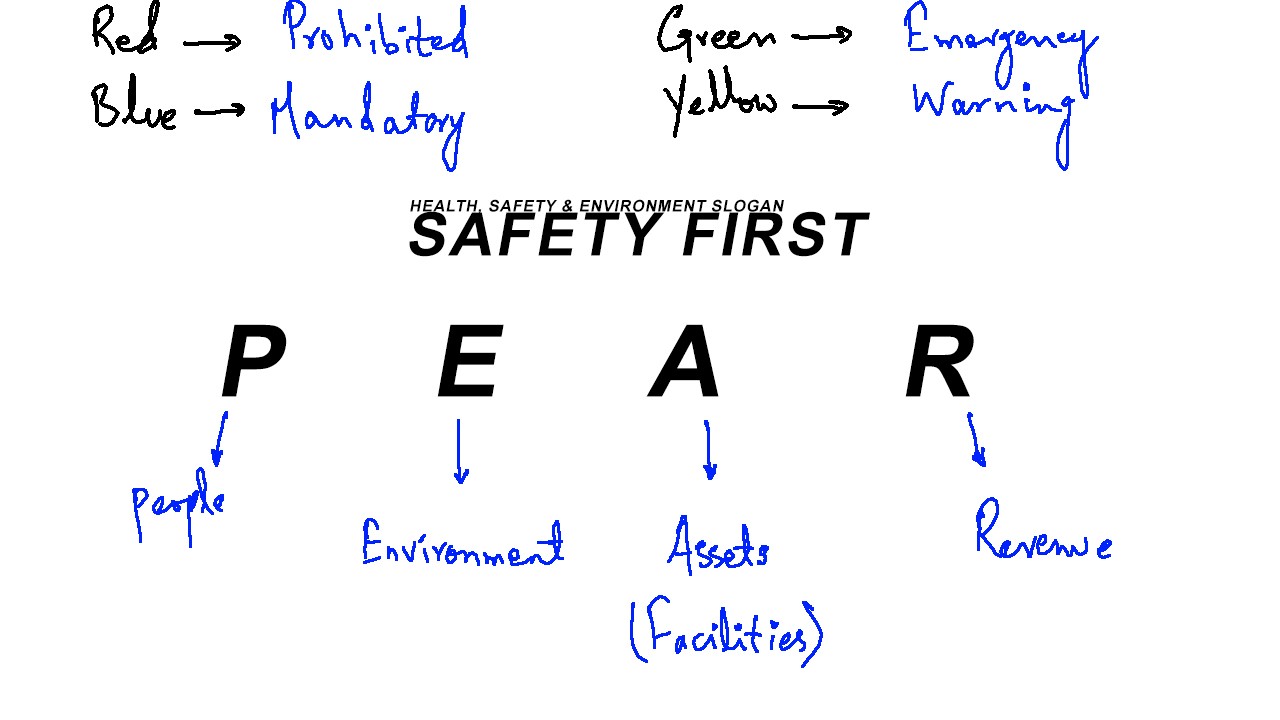
NGOCSTIP – The PEARR Method is reshaping how healthcare and education professionals respond to human trafficking survivors. Developed as part of the Human Trafficking Protocol Toolkit by HEAL Trafficking, this method introduces a trauma-informed model that focuses on safety and empowerment. Designed for use in schools and healthcare environments, it promotes structured, compassionate responses in cases of suspected exploitation. In many communities, especially where trafficking is underreported or misunderstood, frontline providers often face uncertainty when encountering victims. The PEARR framework provides clear steps to follow, helping responders offer both immediate support and long-term care. Rather than treating survivors as passive subjects, this method emphasizes dignity and autonomy. As cases of trafficking continue to affect millions across the globe, practical tools like PEARR are offering critical guidance. Institutions in multiple countries are beginning to integrate this model into their training materials and protocols.
The PEARR Method focuses on five essential principles: Provide Privacy, Educate, Ask, Respect, and Respond. In healthcare and school environments, professionals apply these steps to ensure compassionate and nonjudgmental care for victims. Providers begin by offering privacy to create a safe space for potential disclosures. They then educate themselves to spot red flags and recognize signs of trauma. By asking appropriate questions and respecting personal boundaries, they guide thoughtful and informed responses. Hospital systems and educational networks across different regions have already integrated the PEARR Method into their daily practices. Many survivors describe feeling more in control and supported during interventions that follow this approach. Staff members have successfully de-escalated high-risk situations using these structured steps. The PEARR Method strengthens both protection for victims and awareness among providers, ultimately turning institutions into safer spaces for vulnerable individuals.
“Read about: Millions Remember the Unseen: Europe and Middle East Unite to Fight Human Trafficking”
Understanding how to identify and assist trafficking victims is not intuitive. Training programs that implement the PEARR Method include simulation exercises, video modules, and real-world case studies. These are delivered to healthcare workers, school counselors, and administrative staff. The training materials emphasize cultural sensitivity and emotional intelligence. Often, signs of trafficking can be subtle. They may appear as unexplained injuries, anxiety, inconsistent stories, or control by an accompanying adult. Through the PEARR framework, trainees are taught how to detect these signals without making assumptions. The toolkit provides scripts and scenario guides to help staff navigate challenging conversations. Follow-up protocols are also outlined. Several organizations have begun including the PEARR Method in their employee onboarding processes. The goal is to create a culture of safety and awareness in institutions that might unknowingly become the first point of contact for a trafficking victim.
Human trafficking causes lasting psychological harm. Victims often carry deep trauma that disrupts their ability to trust authority figures. The PEARR Method bridges that gap through respectful and informed engagement. Trauma-informed care goes further than addressing immediate needs. This approach avoids retraumatization and opens space for long-term healing. In many cases, responders misidentified or dismissed victims because they lacked proper understanding. The PEARR Model fixes that problem by equipping professionals with tools that prioritize compassion rather than interrogation. Professionals must avoid pressuring survivors to disclose or take legal steps right away. Instead, they work to restore a sense of safety, health, and personal control. The PEARR Method allows teams to build rapport and understand their place in a larger recovery journey. Over time, using trauma-informed strategies consistently improves results for survivors and increases institutional responsibility.
“Read more: Rett Syndrome in Kids: The Rare Disorder Every Parent Must Know About!”
Though developed in the United States, the PEARR Method is gaining international attention. NGOs and health ministries in Southeast Asia, Latin America, and parts of Africa have shown interest in adapting the toolkit for local use. Translating the materials into native languages and aligning them with regional laws is part of ongoing efforts. Educational institutions in underserved communities benefit significantly from frameworks like PEARR. In areas where professional resources are limited, a clear protocol allows for faster, more coordinated intervention. The use of offline modules and printed guides has also expanded access. Human trafficking is a global issue, and solutions like the PEARR Method must evolve across borders. Community partnerships and local stakeholder engagement will be crucial for scaling its impact. As awareness grows, more countries are likely to include the PEARR principles in national anti-trafficking strategies, potentially transforming how frontline care is provided worldwide.